Hi Miro Heroes,
You may know that this April has been all about Agile 💡
We’ve had loads of amazing conversations and attended insightful events run by you — our amazing community members 🎉🎊
After some thought and brainstorming with Miro’s Lean- Agile Evangelists group here, we decided that it would also be loads of fun to run an Agile Games templates challenge.
What are Agile Games? 🤔
‘Agile Game is a fun activity that helps you learn something about Agile or helps you get your work done.’
For inspiration, take a look at some Agile Games templates already available on Miroverse or read some games ideas in this thread.
-
Kanban Pizza Game by Flowana.
For those who need help,
We look forward to seeing all the amazing Agile games that you create in Miro 😍
More Challenge Details
Timing
Submission period: April 29–June 19
Voting and judging: June 20 - June 27
Winners announced: June 28
Voting and judging
Miro Team’s Choice will be awarded by our panel of expert judges. Submissions will be judged on their ease of use, layout, and that special fun factor.
People’s Choice will be awarded based on top likes under the comment here in the online community. Make sure to vote for your favourite template by June 5.
Prizes for each category
Miro team’s Choice - iPad and an Apple Pencil
People’s Choice- AirPods
Miro swag will be awarded to all other participants who will get published on Miroverse
How to participate 📌
To enter, please add a comment to this thread with the following details:
-
Your full name
-
Role and company
-
Miro board embedded with your template (with view access)
-
Instructions on how to use the template
-
Optional: 1–3 minute video overview of your template
Entry requirements
-
Your template must be in English, and have been created and designed using Miro
-
Your template must be newly created or not published on Miroverse earlier
-
All information must belong to you, the board owner (We will reject all submissions containing copyright-protected content on board.)
-
Your template must be submitted to Miroverse before the challenge deadline
-
By participating in the challenge
Judges: TBA
Happy collaborating, and good luck!

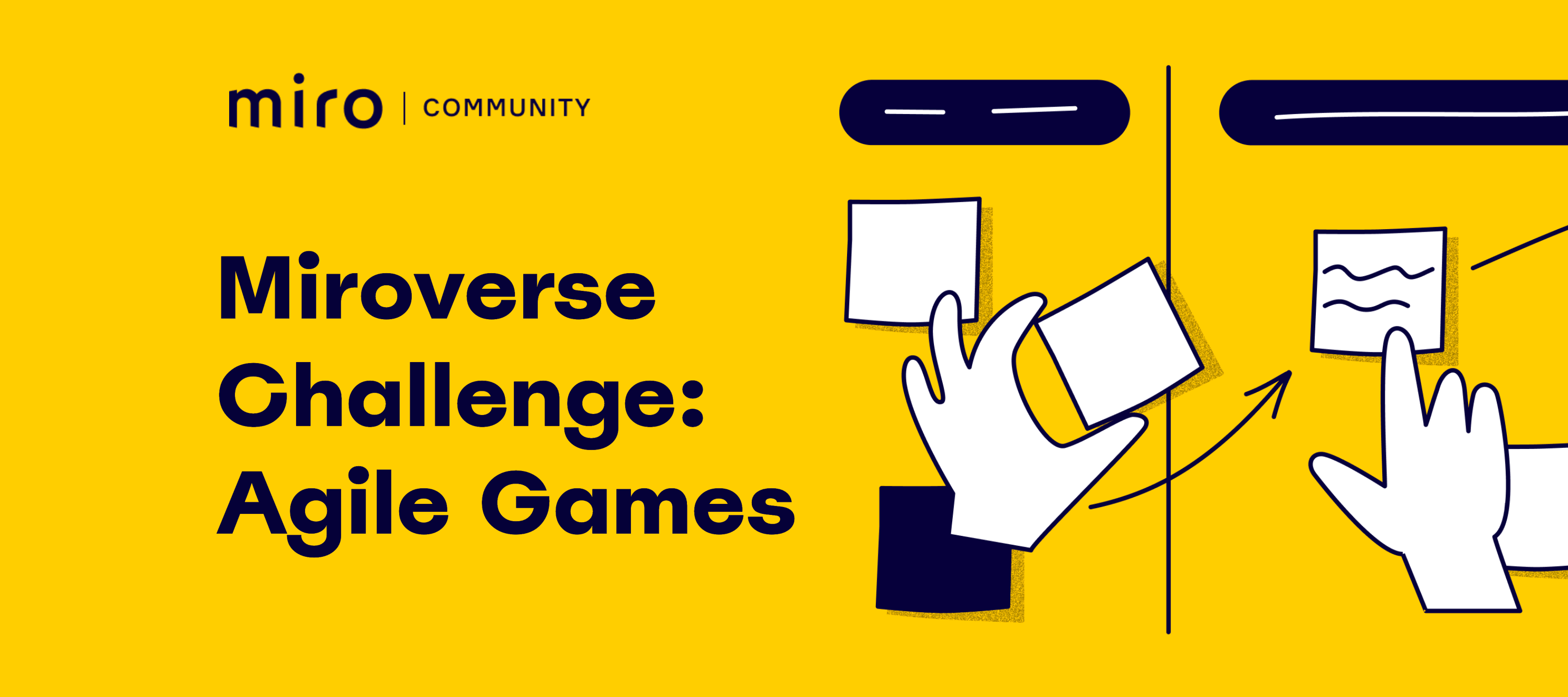





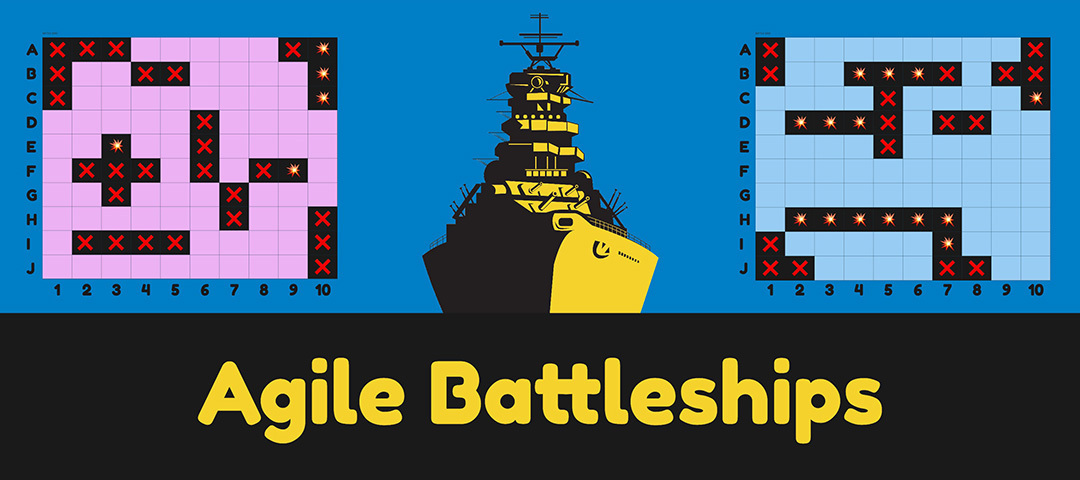
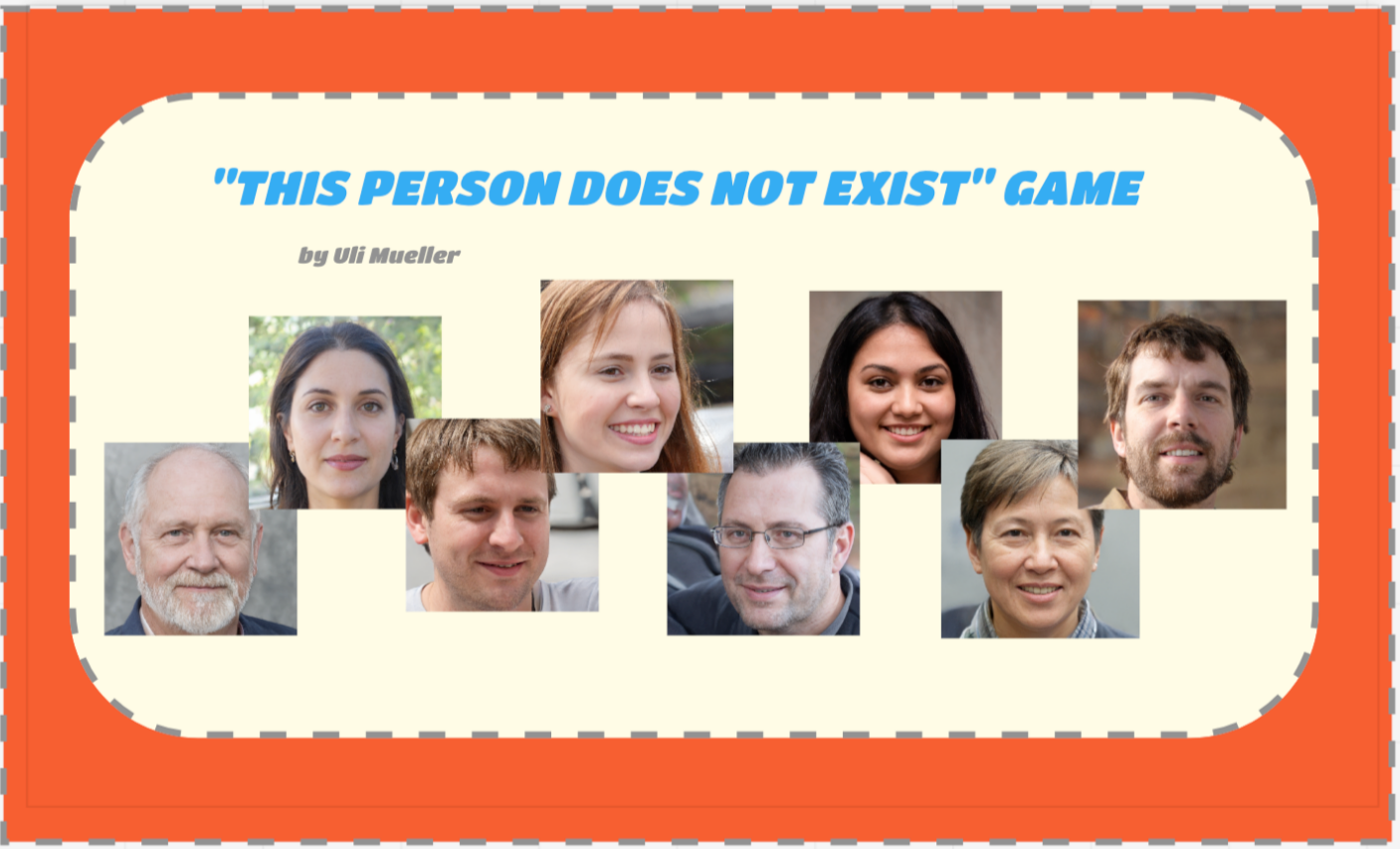

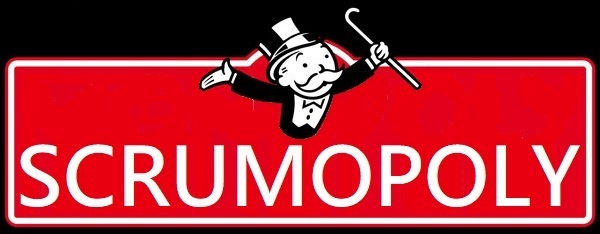


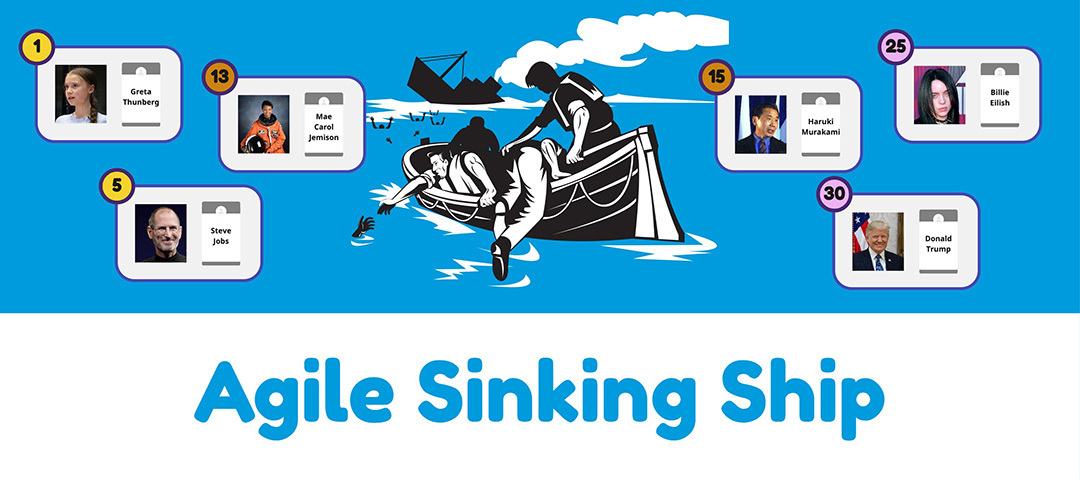
 ♀️
♀️
